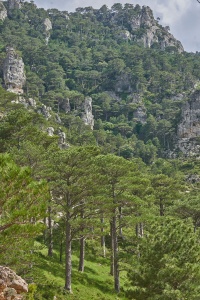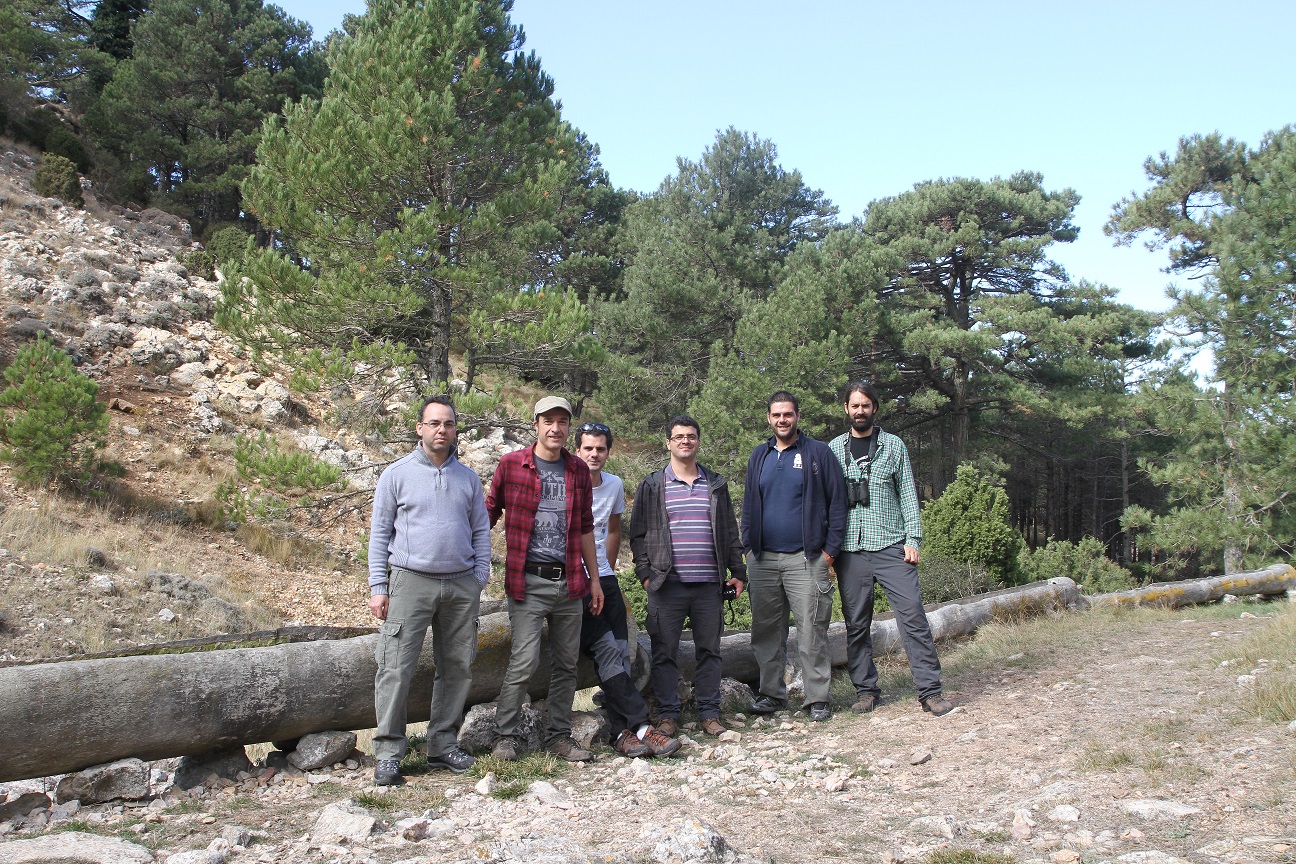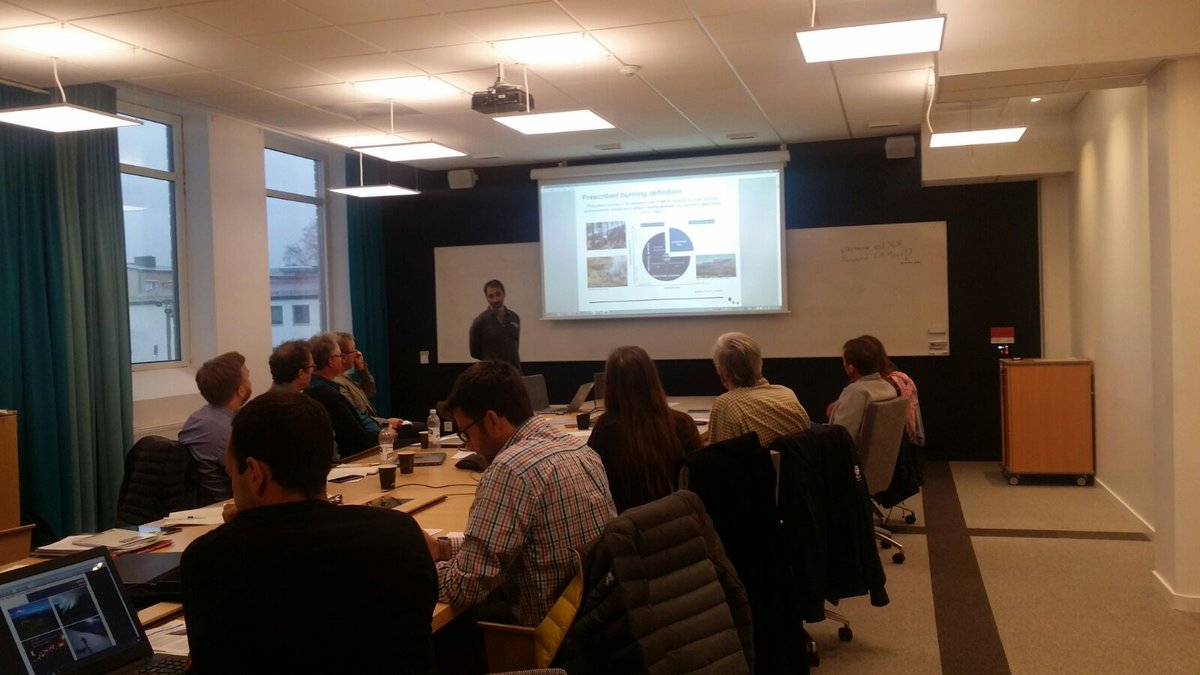The LIFE Pinassa project has protect and improved the establishment and conservation status of lone stands under both private and public ownership, and which have been identified to have problems with stability, lack of heterogeneity, regeneration scarcity and lack of regulation for public use.
 Specific Objectives
Specific Objectives
- Improve the structural stability and guarantee the conservation and regeneration in the short and long term for small, lone black pine stands in Catalonia with extraordinary characteristics of maturity or that have a tendency towards exceptionally mature structures.
- Assign value to the different services that lone stands can offer to society: a) establishment of permanent parcels for scientific tracking and forestry applications, given their astounding ecological interest and genetic reserves; b) popularize the public use of stands.
- Exemplify management for preservation of lone stands as a pilot project for the management of lone stands for the Lone Forests Inventory of the Generalitat of Catalonia.
- Establish genetic reserves that will be included in the State catalogue of base material for the production of forest reproductive material (Catàleg estatal de material de base per a la producció de material forestal de reproducció (MFR)).
Results
174 hectares of unique groves were se-lected with the aim of allowing them to evolve naturally, notwithstanding the fact that in certain cases, when technical con-ditions so recommended (lack of hetero-geneity, problems of competence or lack of regeneration) treatments to improve them were carried out. In 24%, treatments were made to improve the conservation of the habitat and the rest were left to evolve naturally according to information obtained from the preliminary inventories.
The main measure carried out consis ted of the improvement of the biodiversity through the creation of standing (through the girdling of living trees) or fallen (gene-rating trunks and high stumps) deadwood. In some specific cases, selective cutting was done and in one of the groves there was selective clearing to free up some tree bases of special interest (oaks, large black pines, etc.).
In public groves, authorisations or colla-boration agreements were signed, while in the private groves three rental contracts were signed for a period of 25 years, du-ring which the owner guarantees to pre-serve the forest.
A Plan of public use of unique groves was put together with the aim of regulating the affluence of visitors and permitting their scientific and technical follow-up. The pro-posals of this Plan are aimed at getting to know the initial situation of the grove, mi-nimising the affluence of visits and decrea-sing their impact. Therefore, and based on the characterisation, the groves that could form part of the circuits of ge neral social use, the groves which can be accessed through guided tours and those that are restricted to just technical and scientific visits were differentiated. In all the cases, this plan was agreed on with the owner.
Table 1. Distribution and status of actions C1 according to Conservation program
| REGION | ZEC | Area (ha) | CONSERVATION WORKS | |
| Area (ha) | State | |||
| pre-Pyrenees and central | ES5130028 Ribera Salada | 8,45 | 8,45 | Finished |
| pre-Pyrenees and central | ES5130027 Obagues riera de Madrona | 3,57 | 3,57 | Finished |
| southern | ES5140011 Sistema Prelitoral Meridional | 29,31* | 19,45 | Finished |






